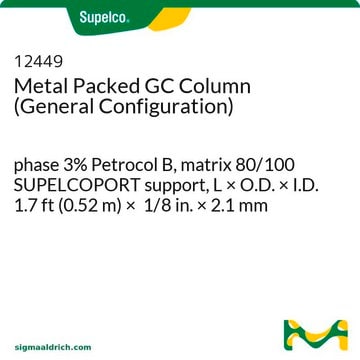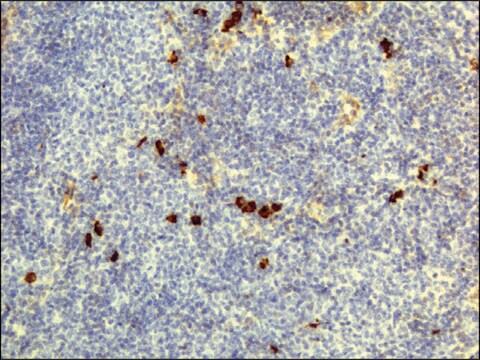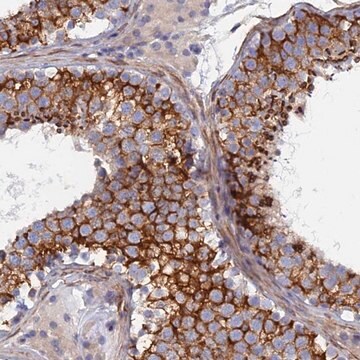W262404
Lemongrass oil, East Indian
natural, FG
Synonym(s):
Lemongrass oil
About This Item
Recommended Products
biological source
Cymbopogon citratus DC. and Cymbopogon flexuosus
Quality Level
grade
FG
Kosher
natural
reg. compliance
EU Regulation 1334/2008 & 178/2002
FDA 21 CFR 117
FDA 21 CFR 182.20
optical activity
[α]20/D −10 to 0°, neat
origin
India origin
bp
224 °C (lit.)
density
0.896 g/mL at 25 °C
application(s)
flavors and fragrances
Documentation
see Safety & Documentation for available documents
food allergen
no known allergens
Organoleptic
lemon
Looking for similar products? Visit Product Comparison Guide
General description
Application
Preparation Note
Signal Word
Warning
Hazard Statements
Precautionary Statements
Hazard Classifications
Eye Irrit. 2 - Skin Irrit. 2 - STOT SE 3
Target Organs
Respiratory system
Storage Class Code
10 - Combustible liquids
WGK
WGK 2
Flash Point(F)
194.0 °F - closed cup
Flash Point(C)
90 °C - closed cup
Choose from one of the most recent versions:
Already Own This Product?
Find documentation for the products that you have recently purchased in the Document Library.
Our team of scientists has experience in all areas of research including Life Science, Material Science, Chemical Synthesis, Chromatography, Analytical and many others.
Contact Technical Service









